All Rovers on Mars
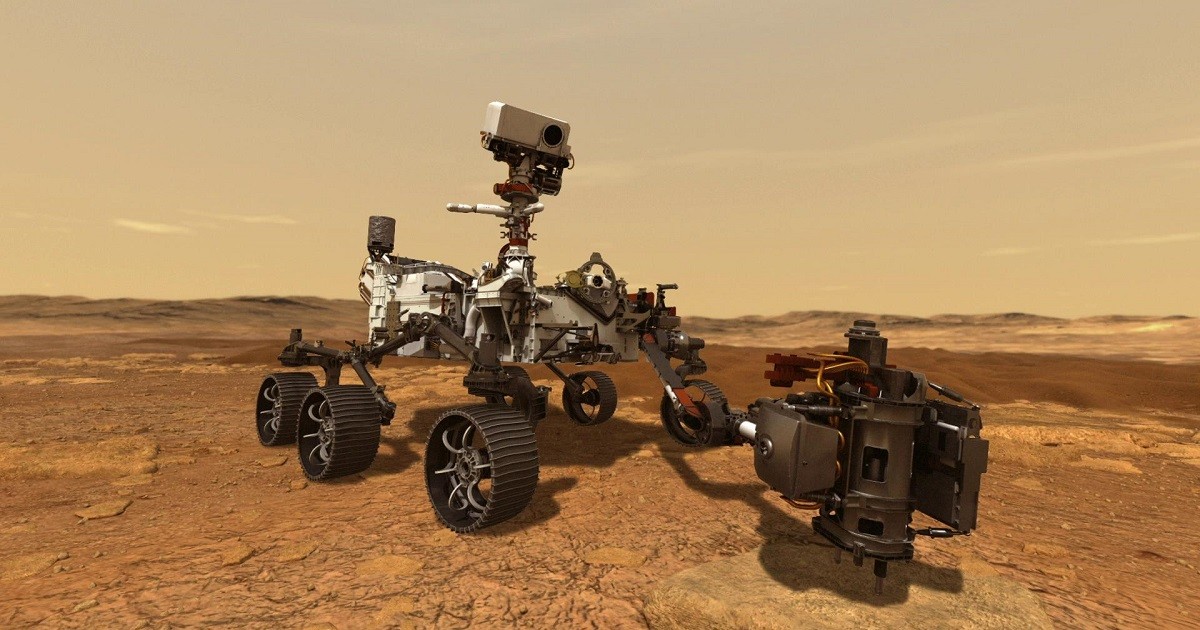
In February of 2021, NASA landed its latest rover on the surface of Mars. The Perseverance rover quickly dominated the headlines, but it is not the first spacecraft to land on the Red Planet. As technology evolves, we are able to explore our universe in new and exciting ways, including uncovering the mysteries of other planets.
For a very long time, humans have wondered whether or not Mars could have sustained life. Until we are able to send people to other planets, scientists rely on the data collected by Mars rovers. Space fans and casual observers alike can appreciate the exciting developments in technology and space travel that have come from the Mars rover projects.
The successes and failures of the Mars rovers have taught us a lot over the years, surprising even the most learned scholars and scientists with their discoveries. Keep reading to learn about all rovers on Mars right now, including their missions and interesting facts!
What is a Mars rover?
A rover is a type of spacecraft with wheels. Rovers differ from other spacecraft, like orbiters or landers, because they are designed to land on the surface of Mars and move around. NASA outfits their rovers with specialized tools to enable them to complete their designated mission. From collecting soil and rock samples, storing samples, and taking pictures, each Mars rover has useful skills to explore the planet.
In comparison, landers are spacecraft that remain stationary. They can photograph their immediate vicinity and provide information on the location of their landing. Orbiters specialize in orbiting Mars. As they circle the planet, they take a variety of photos and transmit them back to Earth.
Mars rovers are able to examine a wider stretch of territory, and people on Earth can direct them towards certain features of the planet. Rovers are also designed to weather winter months by finding spots with sunlight and recharging their batteries.
Why does NASA send rovers to Mars?
NASA, and other space organizations around the globe, attempt to send spacecraft to Mars for a variety of reasons. With its Mars rovers, NASA designates both scientific objectives and mission objectives for each project. Mission objectives help with the progress of technology in space and the development of new processes. Science objectives are created to help NASA achieve their long-term Mars Exploration program goals, and the Mars rover uses its instruments to meet these objectives.
For the Mars Exploration Program, NASA has four science goals. The Mars rovers seek to determine whether or not life was ever on Mars, characterize the overall climate of Mars, characterize the geology of Mars, and prepare the planet for human exploration. Mars rovers are used to look for habitability that could support life, seek out biosignatures that could indicate past life, cache samples of the Martian surface, and test the oxygen production of the atmosphere of Mars.
Each Mars mission and rover project incorporates new technological innovations and advancements. By incorporating successful processes and technologies, scientists, engineers, and more can work to improve overall space travel and space exploration. In the distant future, these rovers are also paving the way for humans to potentially live on Mars. The Mars rovers can help answer important astrobiology questions to determine whether or not Mars is suitable for life.
How many rovers are on Mars right now?
Space organizations around the world, including NASA, Roscosmos, and CNSA, have sent a variety of spacecraft to Mars with varying degrees of success. If you were able to visit Mars and explore its surface, you would likely encounter several spacecraft that are out of commission, including landers and rovers.
NASA currently has two active rovers on Mars: Curiosity and Perseverance. Inactive Mars rovers include Prop-M Rover on Mars 3 spacecraft from the Soviet Mars program as well as Sojourner, Spirit, and Opportunity from the US. The China National Space Administration (CNSA) currently has a Zhurong rover on the planet.

From NASA, there is a total of five Mars rovers on the planet. While only two of those rovers are still exploring the terrain and carrying out their missions, all five remain on the surface of Mars. Some Mars rovers have been designed to store samples or leave samples at specific locations for collection by future spacecraft, but none of the Mars rovers are designed to return to Earth.
Sojourner Rover
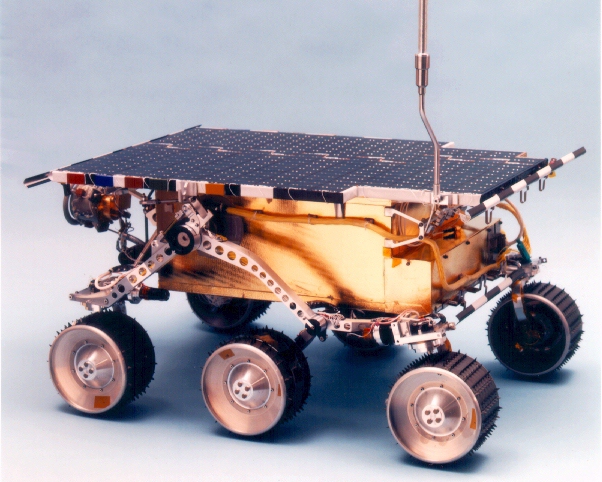
The Mars rover Sojourner holds the distinct title of being the first wheeled vehicle to move around another planet. As part of the Mars Pathfinder mission, Sojourner launched on December 4, 1996. The Mars rover landed on the Red Planet on July 4, 1997 and sent signals to Earth through October 7, 1997. On March 10, 1998, the Sojourner mission was officially ended due to communication loss.
Sojourner landed in the Ares Vallis region of Mars and traveled a total distance of more than 100 meters throughout its mission. The Mars rover’s original mission was planned to last 7 sols, or 7 Mars days, and possibly transmit data for up to 30 sols. In total, Sojourner exceeded expectations and remained active for 83 sols, or 85 Earth days.
In size, Sojourner was about as big as a microwave and weighed about 25 pounds on Earth. The rover was outfitted with three cameras and sent more than 550 photos of Mars back to Earth. Using its instruments, Sojourner studied various Martian rocks and dirt, attempting to determine what they were made of. It also gathered significant information on the weather and climate of Mars.
Spirit and Opportunity Rovers
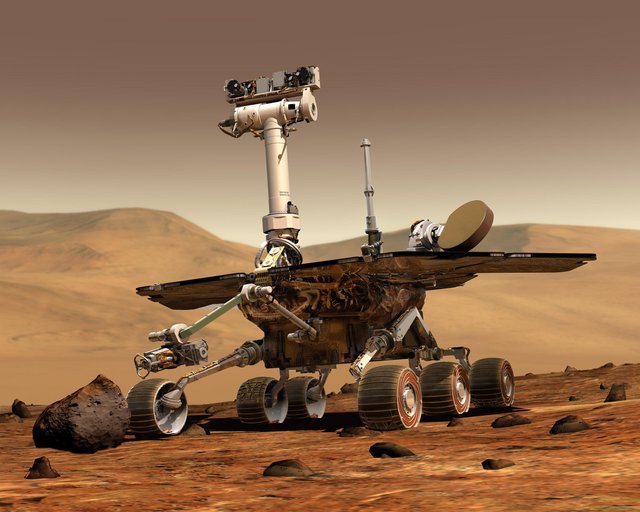
In 2003, NASA sent twin rovers to Mars to collect even more data and photos of the planet. Spirit was launched on June 10, 2003 and landed on Mars on January 4, 2004. The Spirit rover was active on Mars until March 22, 2010 when its wheels got stuck in the sand and it could no longer recharge its batteries. Originally, Spirit was tasked with a 90-day sol mission, or about 92.5 days on Earth. In total, Spirit was active for almost six years, traveling a total distance of 4.8 miles.
Opportunity was launched on July 7, 2003 and landed on Mars on January 25, 2004, just three weeks after Spirit landed. While the rovers were twins in their design and functions, they landed on opposite sides of the planet. Opportunity was originally intended to carry out a 90-day sol mission, but like Spirit, it exceeded expectations. The Opportunity rover was active on Mars until June 10, 2018, traveling more than 28 miles.
Both Spirit and Opportunity were about the same size as a golf cart, and they were created to search for a history of water on Mars. As part of NASA’s ongoing effort to determine the habitability of Mars, the two rovers explored regions of the planet, including potential sites of past rivers. The rovers were the first to transmit color photos of Mars to Earth, and both found evidence of water on the planet.
Curiosity Rover
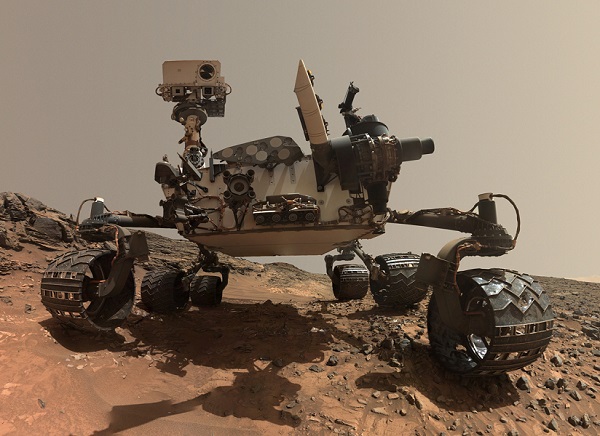
Curiosity is one of the three active rovers on the surface of Mars today. The Curiosity rover was launched on November 26, 2011 from Cape Canaveral and landed on Mars on August 6, 2012. The original mission for Curiosity was scheduled for two years, and in December of 2012, it was extended indefinitely. As of March 2021, Curiosity has been active on Mars for almost 10 years.
After Spirit and Opportunity found signs of water on the Red Planet, NASA had a whole new list of questions to answer. The purpose of the Curiosity rover was to search for signs that microbial life could survive. By studying Mars, the rover could determine whether the proper conditions exist for life, past or future.
Curiosity is about the same size as a small SUV and was the largest rover to land on Mars. Using its drill and other tools, Curiosity studies the rocks found in the Gale Crater on Mars. From mud that was once at the bottom of a lake to powder drilled from rock, the rover sends a lot of information back to Earth about the planet.
Perseverance Rover
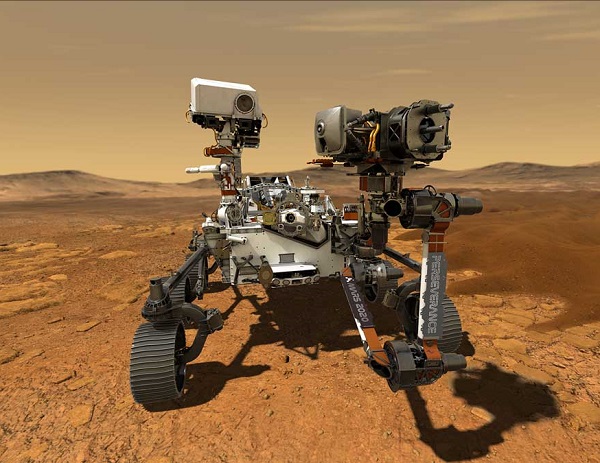
Perseverance rover was launched on July 30, 2020 and landed on Mars on February 18, 2021. Overall, Perseverance features a similar design to Curiosity with some upgrades, including its instruments, cameras, and a microphone. This rover is the first to record sounds on Mars and transmit them back to Earth.
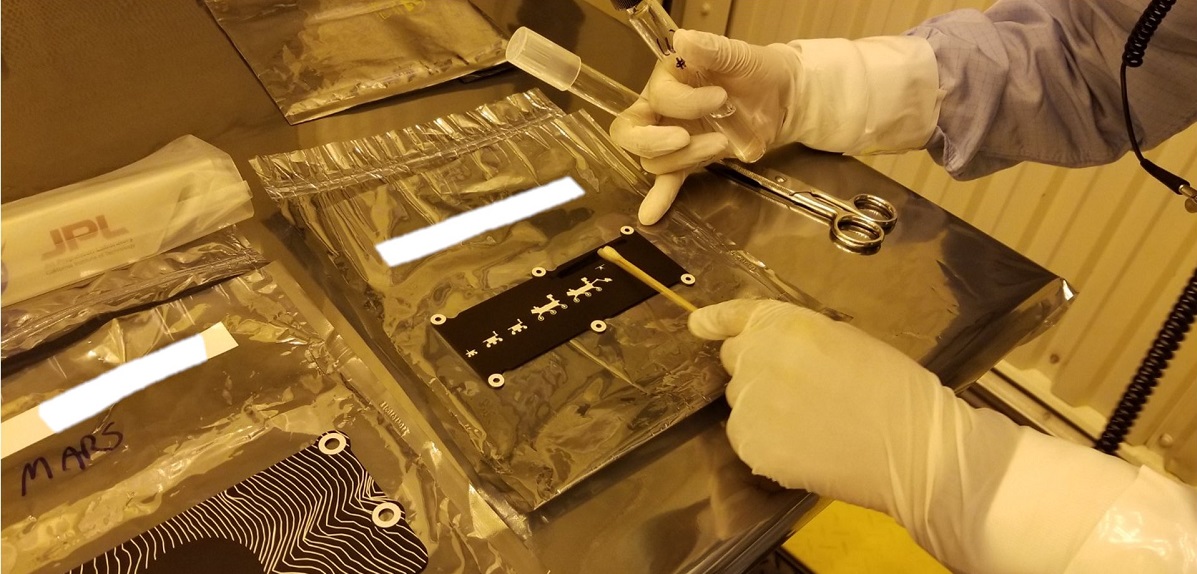
As part of the Mars 2020 mission, Perseverance was sent to look for indications of past life on Mars and help pave the way for a future human mission to the planet. Like Curiosity, the rover is about the size of a small SUV. Perseverance also carries a small helicopter called Ingenuity. The aircraft is experimental and incorporates new technology that attempts powered flight on another planet for the first time.
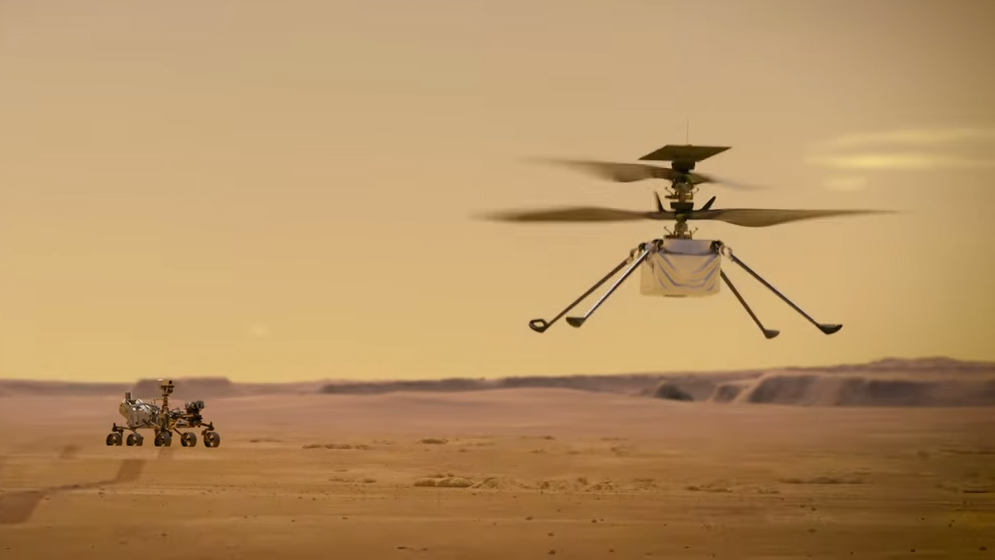
The Perseverance rover is testing a method to get oxygen from the atmosphere on Mars. Because Mars is made up mostly of carbon dioxide, any human mission to the planet would require a great deal of oxygen. By testing methods of getting oxygen from the atmosphere, Perseverance is providing crucial data for scientists to create designs for human missions. As Perseverance continues to explore the terrain and send back photos and data, it is moving us closer to landing a human on Mars!
You can buy Mars Rover Perseverance & Ingenuity Helicopter 3D Metal Model Kit at Amazon.
Zhurong Rover
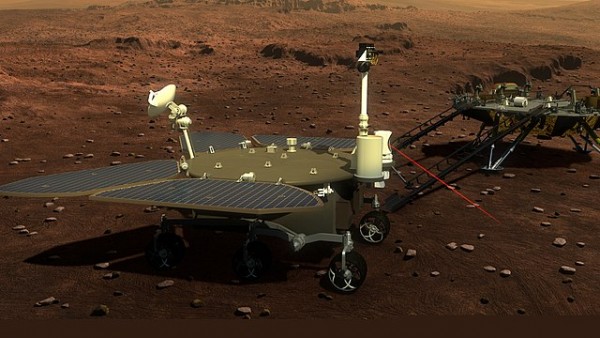
China’s Zhurong rover landed safely on Mars on May 15, making China only the third country to successfully land a rover on the red planet. Zhurong is part of the Tianwen-1 mission. More impressively still, China is the first Mars-going nation to carry out an orbiting, landing and rovering operation as its first mission.
The solar-powered, 240kg (530lb) six-wheeled robot, named for the Chinese god of fire, has a Mars-Rover Subsurface Exploration Radar, Mars Magnetic Field Detector, and Mars Meteorology Monitor, as well as a high-resolution topography camera. It will study Mars’ soil and atmosphere, and search for signs of water or ice beneath the planet’s surface over the course of its 90-day mission.
Zhurong will be exploring Utopia Planitia in Mars' northern hemisphere. This colossal basin - more than 3,000km (1,860 miles) wide - was likely formed by an impact early in the planet's history. There is some evidence pointing to it having held an ocean long ago.



